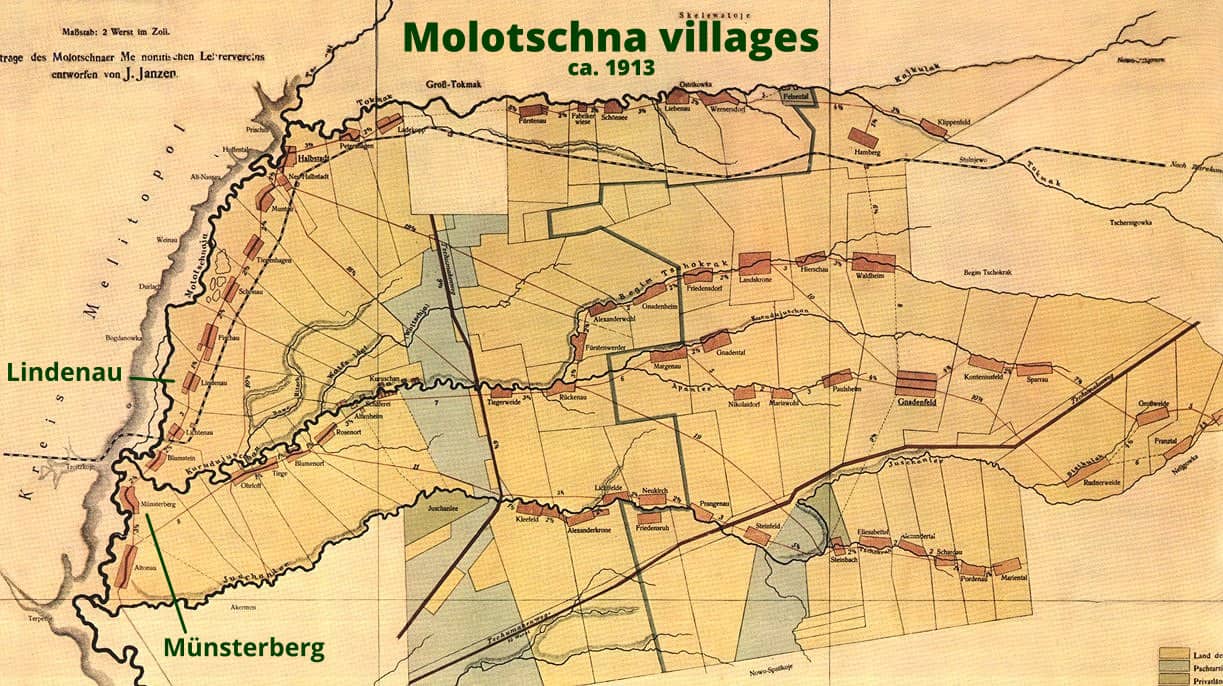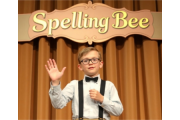Forward
This is Autobiographical Fiction. Some might call it Faction – Fact and Fiction. It is the story about my father’s father, my paternal grandfather and his family. The narrative is told in fictionalized form based on facts. The facts are real events that happened. The conversations are made up to suit the occasion. The sequence of events have been slightly altered to make the story more interesting.
In this story I collect almost everything I know about my paternal great grandparents and about my paternal grandparents, namely the Janzen line. There were and still are many Russian Mennonites named Janzen. My search for an ancestor further back than my great grandfather Peter Janzen provided nothing substantial, only confusion since every Janzen family seems to have had a Peter. It was common practice to name the first born son Peter and thus there are many Peter Janzens in the history of the people. If the first born son died the next son was named Peter again. This adds to the confusion. Thus I have given up for now on the search for ancestors of my great grandfather Peter Janzen.
The Bench
Great Grandparents
My Great Grandmother Anna (Huebert) Janzen (1846-1922) was the 23rd child of Mr. Claas Hubert (1785- 1853) who sired 25 children with three consecutive wives: Maria (Thiessen), Anna (Rempel) and Elizabeth (Toews). Claas Hubert is known to have come originally from Danzig, East Prussia, now known a Gdanzk, Poland, migrating to southern Russia as a 19-year old man. A genealogical record of the Huebert family has been self published by Alfred H. Redekopp, ISBN 0-9693109-2-7, 1992.
Anna married Peter Janzen, my great grandfather (1838-1892), in 1865 and together they owned a comfortable farm in Muensterberg, Russia. Muensterberg was a prosperous village in the colony of Molotschna located in what is now the Ukraine but then was part of the Soviet Union. Indeed Muensterberg was considered the richest village of the Mennonite colony established after the second wave of Mennonites came from East Prussia in the early nineteenth century. They settled on the rich southern plains along the Molotchna River which flows into the Sea of Azov.
Peter Janzen was a quiet man but quite successful as an inventor. He created, among other things, the first air-driven grain-moving machine in the village using a fan turned by horse power. This contraption was capable of lifting grain to the loft of a two-story building for storage purposes. My father never met his grandfather Peter Janzen since Peter died relatively young from unknown illnesses.
It is said that the Peter Janzens were building a better house on their yard when Peter died. Anna promptly took over the supervision of the construction and in so doing had to deal with Mr. Dietrich Neufeld, the “Baumeister”, the master foreman of the project. Both were well matched, each coming to the job stubborn and determined. Anna immediately established her authority by declaring what measurements she wanted each room to have and, to give conviction to her voice, she used the hem of her skirt as a measuring device to demonstrate. By taking this initiative she was convinced that she could show Mr. Neufeld she knew what she was doing. Perhaps this was also a good opportunity to throw in a glimpse of ankle and leg to befuddle the over-dignified Mr. Neufeld.





